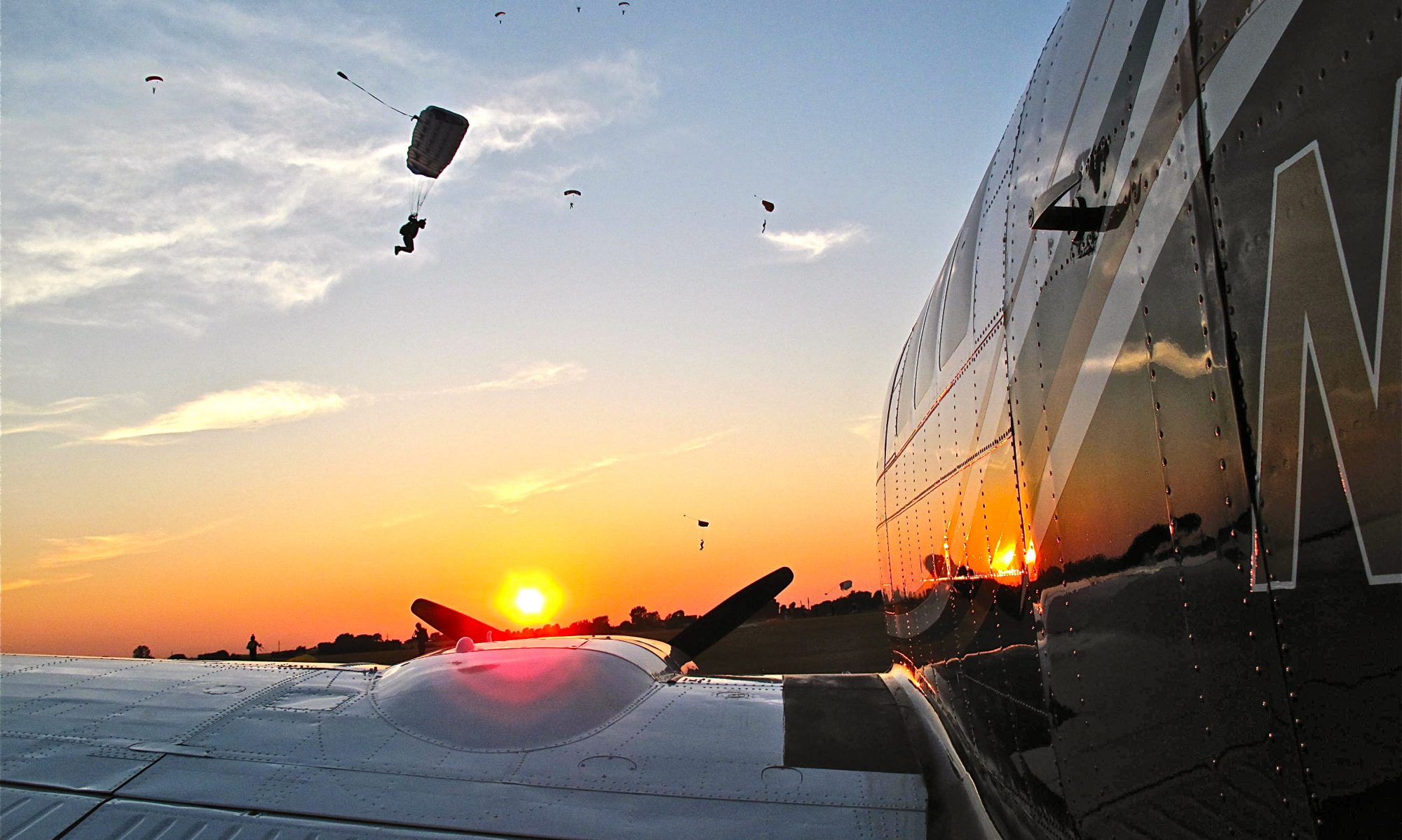Ohhh. Good.
By lex, on April 6th, 2006
Place this in the category of: “Probably too good to be true, but worth sharing nevertheless”

Aviation Stories
 A new series, for Sunday evenings: “Times I Almost Died.”There are no lessons here. No larger truths. This will not change your world view.
A new series, for Sunday evenings: “Times I Almost Died.”There are no lessons here. No larger truths. This will not change your world view.
By lex, on July 26th, 2006
There are few words so immediately blood-chilling in their effect upon tactical aviators as these: “mid-air.” It is an abbreviation for “mid-air collision,” and conjures up images of once sleek, purposeful and lethal high performance aircraft reduced in a moment to odd pieces of flaming trash, fluttering to earth – instant chaos from order.
Mention news of a mid-air and prepare yourself for the customary, almost involuntary response: “Did anyone get out?”
There are many ways to die in fighters. The most common is controlled flight into terrain, or CFIT. It’s a long term that essentially boils down to “dummy flew too low.” While we can and do mourn people who die this way, we also have a tendency to shrug a bit, mentally. After all, you can only tie the low altitude record, you can’t beat it. Should have known better.
Mid-airs can occur between flight members, as someone’s attention drifts or gets over-channelized; the wingman has primary collision avoidance responsibility, but a poor flight lead can certainly contribute by behaving unpredictably in a moment when a flight is task-saturated.
They can occur in a slow-speed fight, when the aircraft are performing at their aerodynamic limits and nothing is left to draw upon when one or both combatants miscalculate the vector – these can have a slow motion, nightmarish character of inescapable and imminent doom that hasn’t quite happened yet. One pilot may survive such a collision, much more rarely both will. The aircraft themselves, of course, are almost always destroyed.
But the third and most lethal form of mid-air collision is the head-on. No one ever survives a head-on collision. Closure rates are so very high that the moment is over before conscious thought can form, and the forces are catastrophic. And I think that’s what so frightening about the head-on mid-air: pilots are essentially control freaks, accustomed to being in charge of their destinies. But in the moment you realize that you are approaching a head-on collision, a moment that transitions seamlessly between “in control, looking good” to a red wave of panic, there is often only one chance to escape, one last-ditch move and whether or not you live through the next instant will depend entirely upon what the other guy does: If his reaction mirrors yours, it will mean instant, unknowing death.
If you want to act like a whiny broad, you might as well dress like one too. 

Dealing with adversity
By lex, on February 28th, 2007
The story of the grounded Raptors in Hawaii reminds me of one of the first TRANSPAC tales I ever heard. I was an ensign, or maybe a JG in Meridian training in TA-4J’s, and one of the Marine IP’s started talking about a WESTPAC pump his squadron had been on.
It seems that eight Yuma-based A-4F’s were on the way to the P.I., herded by a USAF KC-10 – and unlike the high-tech F-22, they didn’t have to worry about navigation systems that might fail. For the A-4′s, it was TACAN and NDB only, neither of which was worth a damn more than 200 miles or so from a land station.
Anyway, about half-way between California and Hawaii, the site of their first lay-over. One of the guys was in the basket, replenishing his go-juice – A-4′s didn’t carry much gas, so it was pretty much a constant cycling through the tanker to try and maintain options if something should go wrong aboard the tanker itself. Fatigued, I guess, from all of that form flying and refueling in the cramped environment of a Skyhawk cockpit, he hit basket with too much closure and a little off-center, the result being that the basket ripped off the hose. The still-pressurized fuel hose dumped JP-5 straight down his intake causing the (only) motor to cough and finally quit.